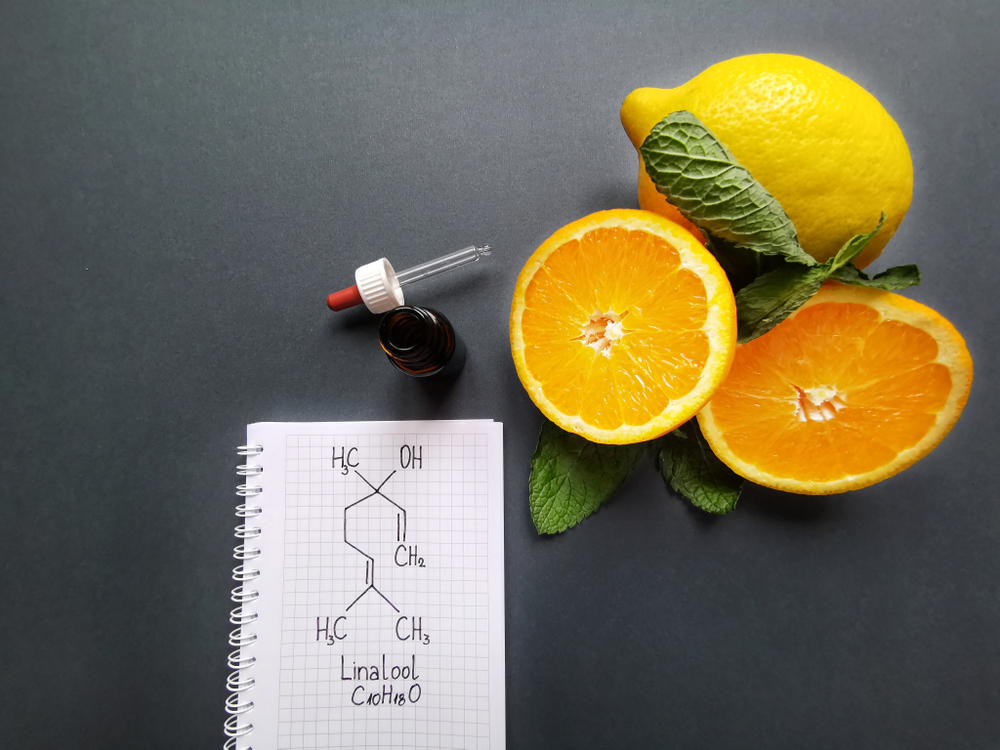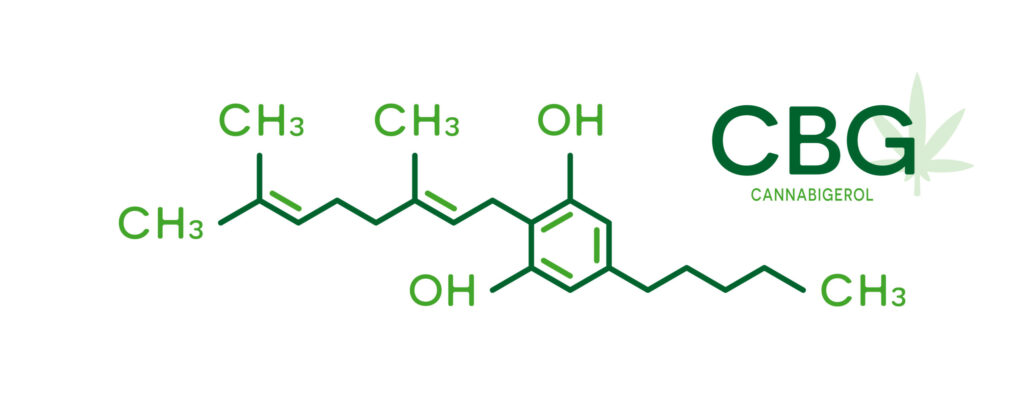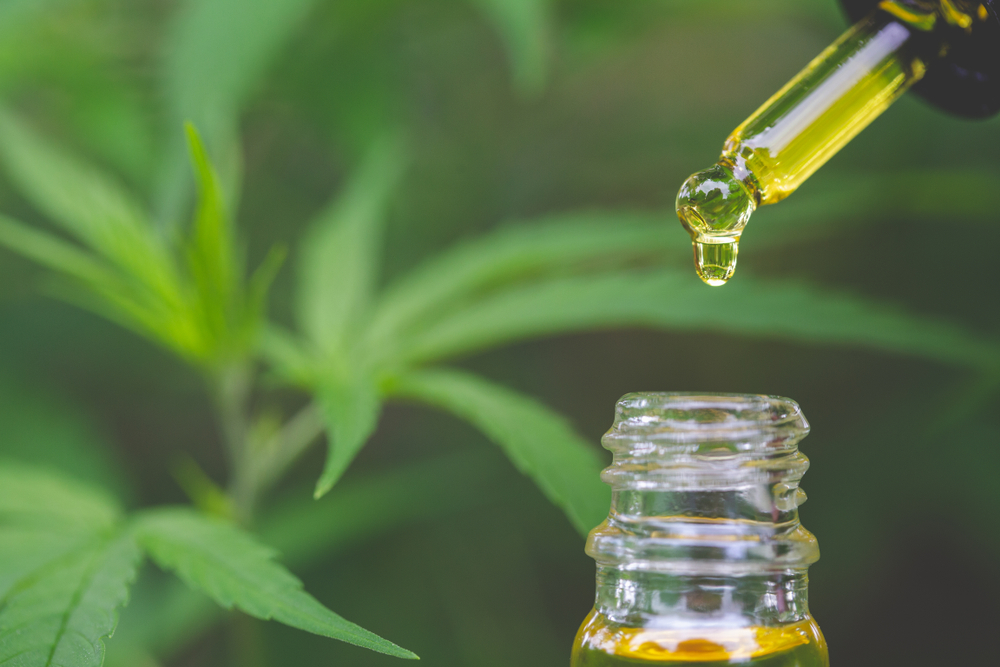SōRSE News & Blog
Home > News/Blog
More results...

The Endocannabinoid System: What It Is, Does, & How Cannabinoids Interact with It
A scientifically written & backed overview of the Endocannabinoid System.

What a CBD Certificate of Analysis is and How to Read it
Find out what a CBD Certificate of Analysis is and how to read it…
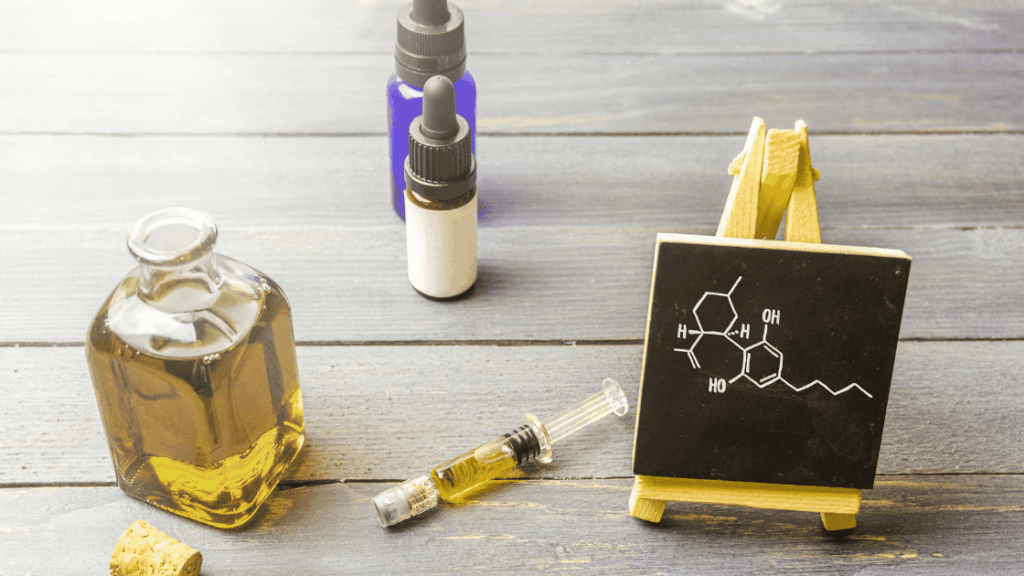
Beyond CBD and THC: The Role of Minor Cannabinoids in the Cannabis Plant and for Infused Products
Minor cannabinoids are lesser known, but popping up in infused products everywhere.
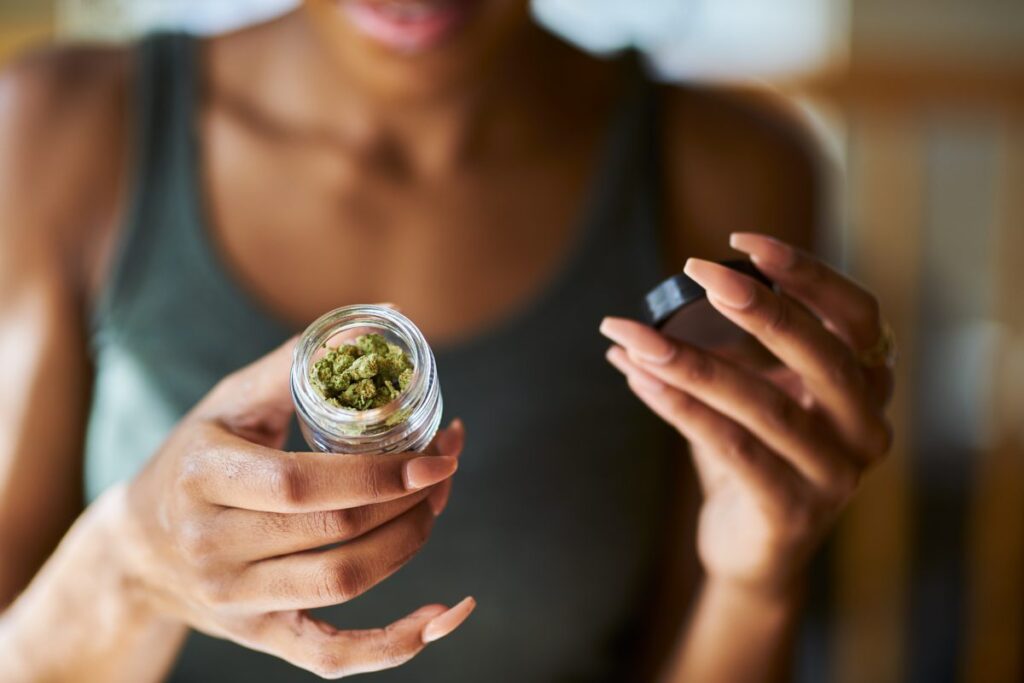
5 Reasons to Re-Introduce (or Introduce!) Yourself to Cannabis with Infused Beverages and Edibles
Learn how the cannabis industry has evolved & reintroduce yourself!

How 4/20 Can Be A Way of Life and Doesn’t Mean You’re High!
Read more about how the term “4/20” have shifted.
- « Previous
- 1
- 2
- 3
- 4
- Next »








